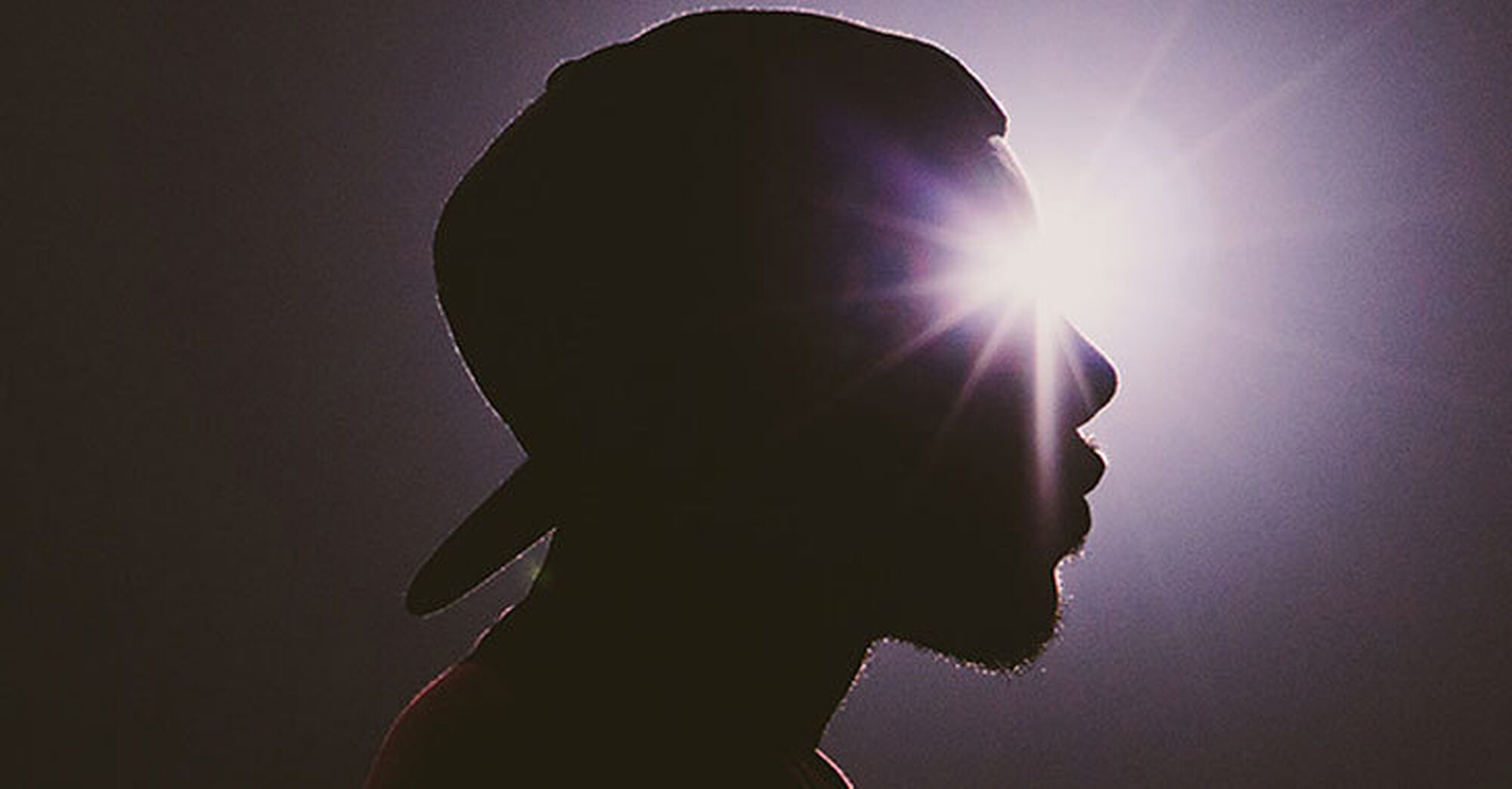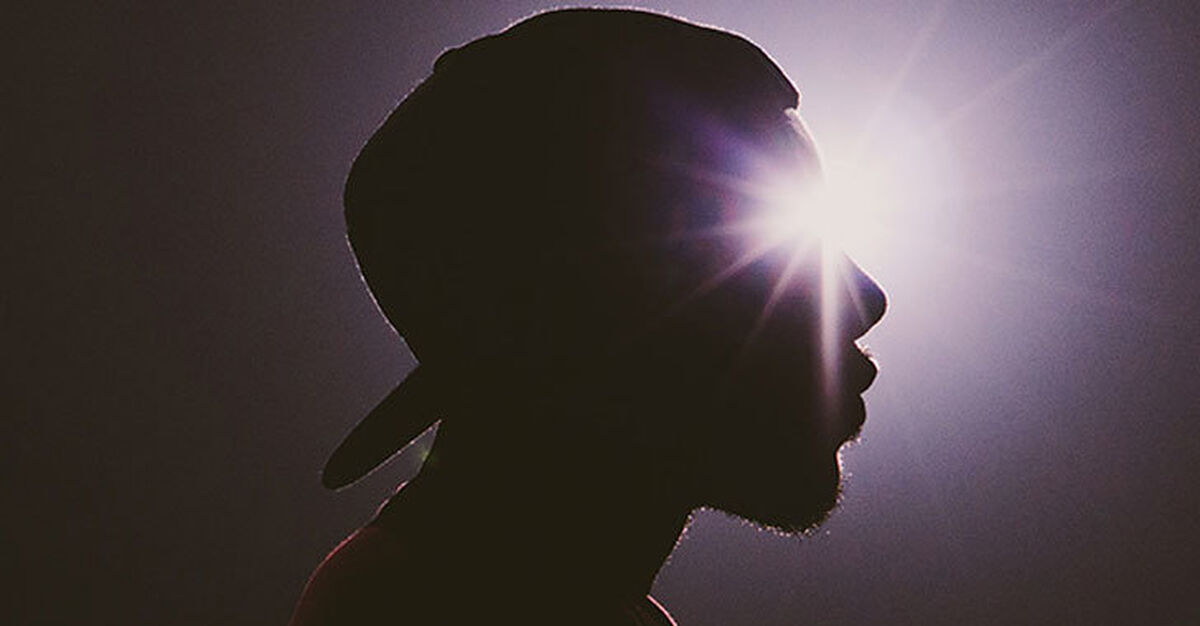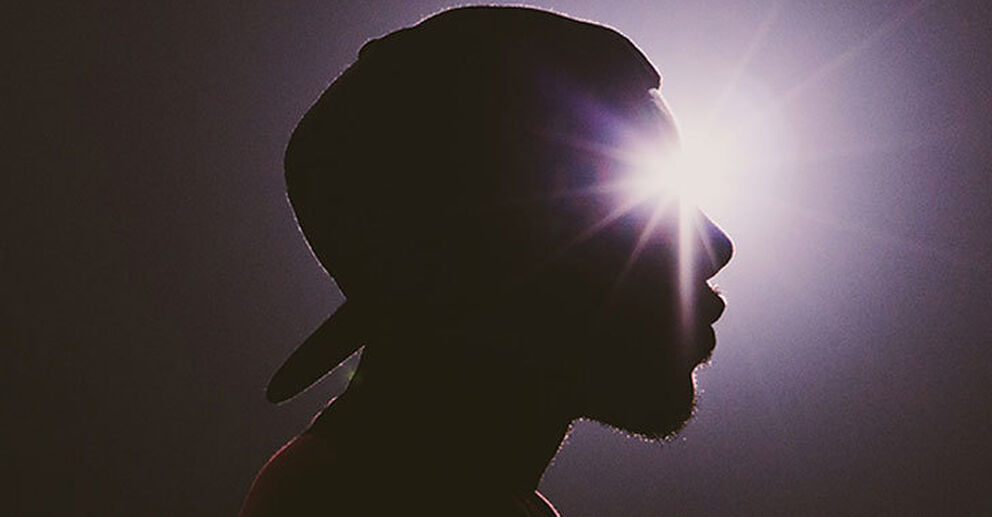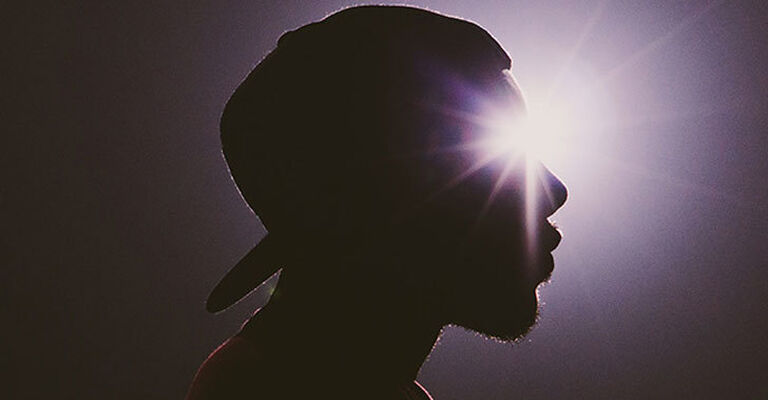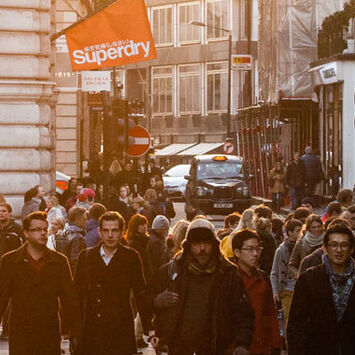Having founded a UK studio making VR content, I am definitely in the ‘Hope’ camp! 2016 is the year VR has become a viable consumer product. Yes, VR has a dark past which has contributed to some scepticism this time round, but we’ve definitely moved on from the early, overhyped VR attempts of the mid 1990s - think Sega VR and Nintendo’s “Virtual Boy” - that were unable to deliver a truly immersive experience and in many cases just left people feeling nauseous.
So what’s changed?
Technology is now capable of creating ‘presence’
With major advancements in graphics, screen resolution, fields of view, head and spatial tracking and computer processing powers, VR headsets can now achieve “presence” - the real magic of VR. Presence is commonly equated with the concept of “immersion”, the perception of being physically present in a non-physical world. Presence is an incredibly powerful sensation, and it’s unique to VR; there’s no way to create it in any other medium. The same hardware that enables presence is also highly effective at reducing motion sickness, so thankfully we can say goodbye to the nausea inducing VR of the 1990s.
Smartphones and the Internet
Smartphones have arrived on the scene, facilitating the mass adoption of VR through 360 degree video. Some VR headsets, like the Merge and Freefly, will take any smartphone providing an easy, and cheap, gateway to countless new experiences. The internet is also a major factor. It’s an essential platform to help people consume and experience VR and enable social experiences in VR which were entirely absent in the mid-90s.
Head Mounted Displays are making their ways into consumer homes
Unlike the 90s, this isn’t just a few big gaming companies experimenting in VR. Every major consumer technology company has, or will be making, significant investments in VR, and these companies need to bring products to market off the back of their investments.
There’s appetite for VR
Radio took 38 years to reach 50 million users, television took 14 years, and the Internet took 4 years. VR is on a much quicker trajectory. The virtual reality market Is expected to grow by over 13,000% in the next three years, nearly five times faster than the iPhone. KZERO Worldwide forecast that there will be over 170m global active users of consumer VR by 2018.
Creating content is easier
Through the continued innovation in technologies, engines and libraries like Three.js/ WebGL and Unity/ Unreal, the content creation process is getting easier, and as dedicated cameras evolve it will continue to improve and reduce in price.
All these factors contribute to a time that couldn't be more ripe for VR. It’s an exciting time. VR that is done right is powerful. In terms of an experience that can transport someone in a completely unique new way, there is nothing like it. It's the next generation of storytelling, so much more immersive than any other digital experience people have known. But it’s not a silver bullet. Bad content in any medium, on any platform is still bad content.
There are many flavours to VR, from 360 degree video through to True VR. Standard 360 degree video production is an easy entry point to VR and utilises a low impact crew and discreet camera systems to shoot and produce 360 content rapidly. The magic of this is that anyone with a smartphone can access the content.
Cinematic VR takes 360 degree video production a step further to create a stereoscopic VR experience. Directed, supervised and shot on high-end camera systems then enhanced with pre-planned and professional post-production to deliver cinematic quality. An example of this is the BBC Strictly Come Dancing test piece REWIND:VR created which offered a ‘best seat in the house’ position on the edge of the dancefloor.
Hybrid VR is a combination of professional grade CGI, VFX and live action to create high quality 360 video ready for deployment for linear or interactive experiences. For the launch of Lexus RX we worked with footage shot on Red Dragon 6k cameras. The ultra-high resolution footage was combined with bespoke audio and experienced in the Oculus Rift headset alongside “look-at” driven navigation to allow the viewer to pick out the key features which interested them.
Finally, True VR is crafted using professional, industry-leading real time game engines, these experiences provide full immersion and unparalleled levels of interactivity like the flight experience REWIND:VR created for Red Bull Air Race.
Whilst a huge amount of VR content is being created for marketing purposes, it’s also being used to do good. The power of the medium to transport you to a new reality or take you to the heart of the action or story offers an amazing opportunity to drive empathy. VR Together aims to bring together and support a vibrant community of people with the desire to research and develop work that affects many areas from healthcare to education.
I hope that the VR industry does all the great things people are claiming it will do, and if the response of the people in the room at FT Digital was anything to go by, I’d say most others do too.
